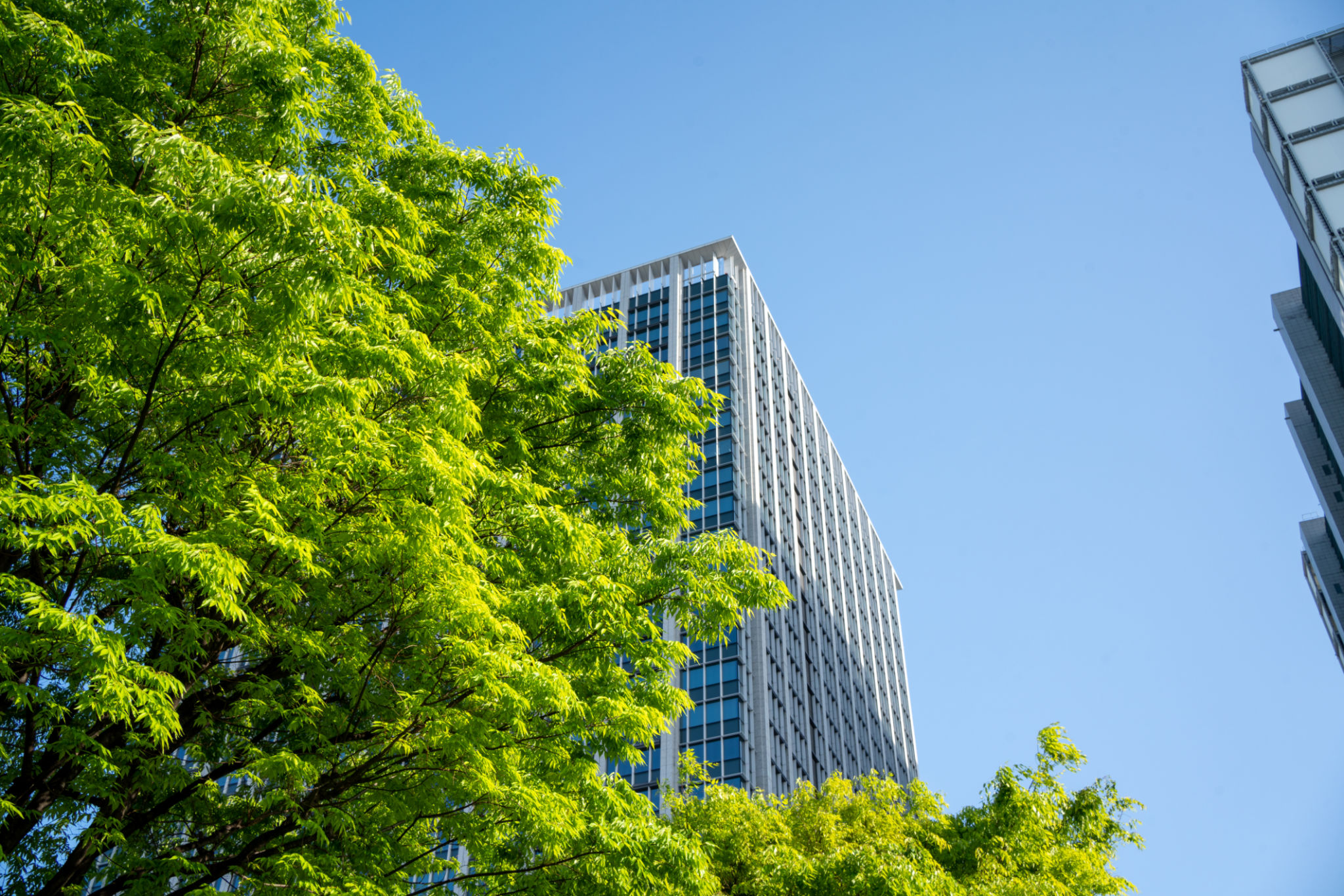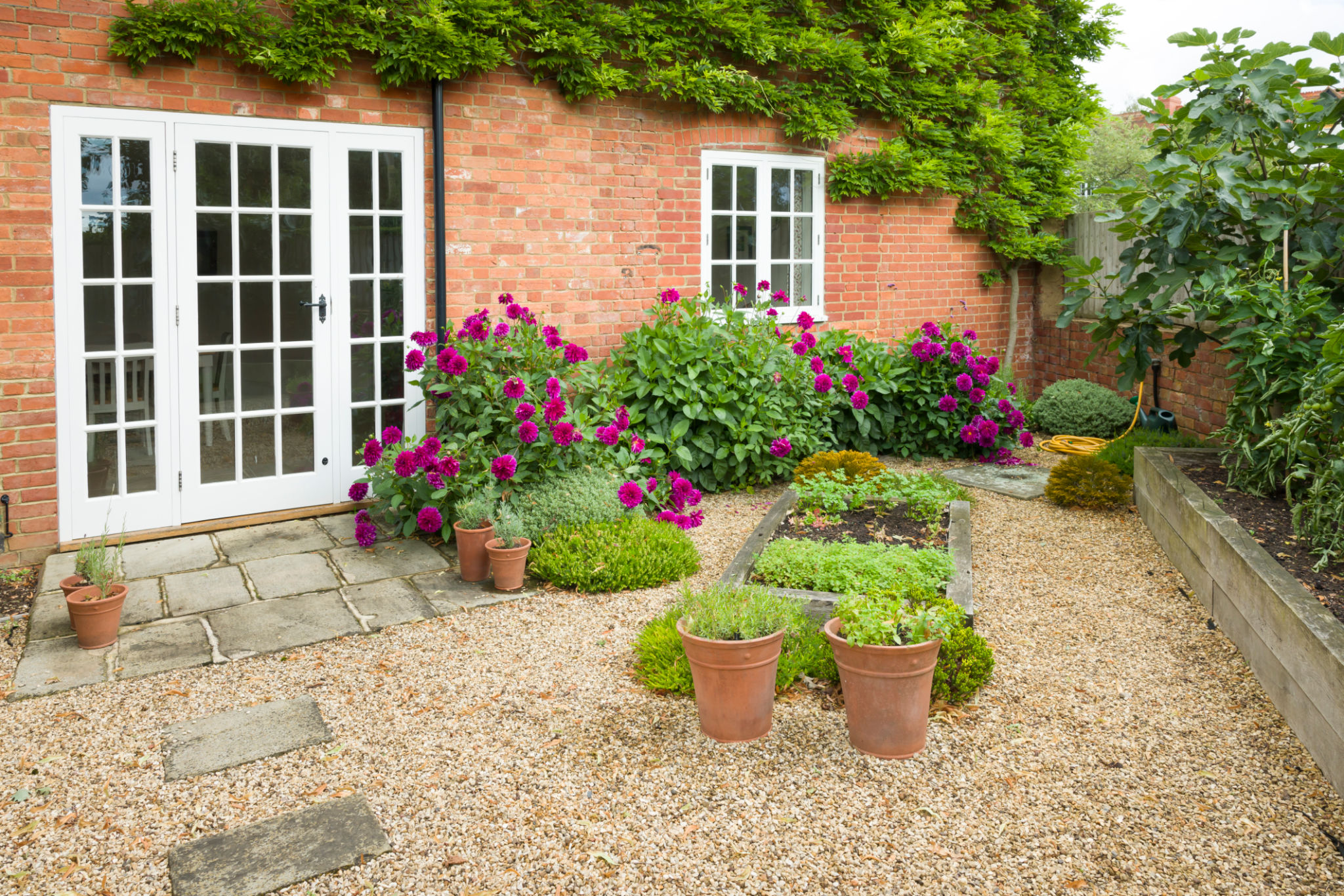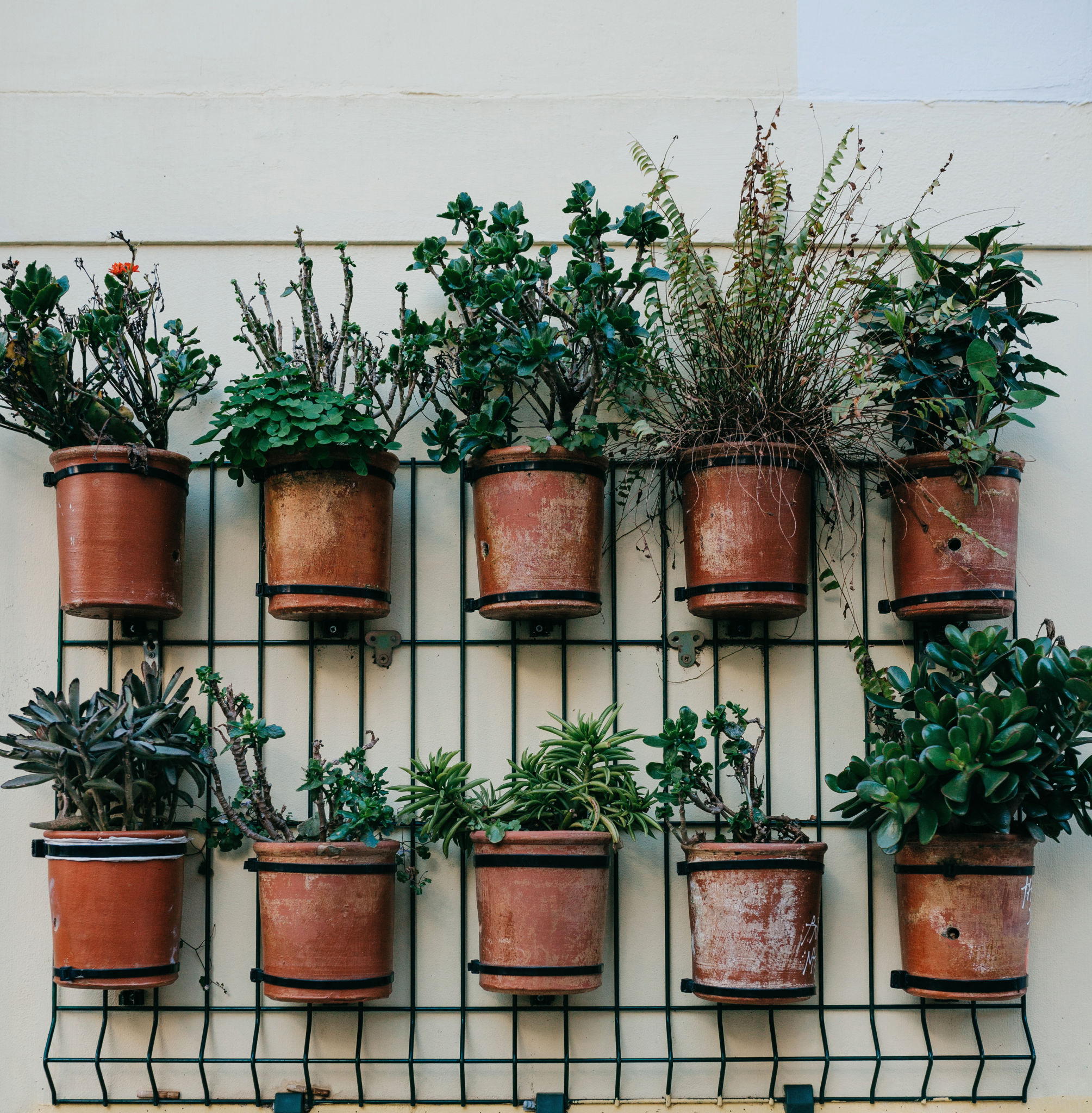How Nano Landscaping is Revolutionizing Urban Spaces in Saudi Arabia
Introduction to Nano Landscaping
Nano landscaping is an innovative approach that is transforming urban spaces across Saudi Arabia. By incorporating small-scale, highly efficient green spaces into urban environments, this method offers a solution to the challenges of limited space and extreme climates. As cities continue to grow, the need for sustainable and aesthetically pleasing urban landscapes becomes increasingly important.
Incorporating greenery into urban areas not only enhances the visual appeal but also improves air quality, reduces urban heat, and promotes biodiversity. Nano landscaping, with its focus on small, adaptable designs, is particularly suited to the unique challenges faced by Saudi Arabia's urban planners.

The Benefits of Nano Landscaping in Urban Areas
One of the primary benefits of nano landscaping is its ability to maximize space usage. Urban environments often suffer from a lack of available land for traditional parks and gardens. Nano landscaping addresses this issue by utilizing rooftops, balconies, and vertical spaces to create lush, green environments without requiring extensive land.
Additionally, nano landscapes are designed to be low maintenance and sustainable. By selecting native and drought-resistant plants, these landscapes require minimal water and upkeep, making them ideal for the arid conditions of Saudi Arabia. This not only conserves water resources but also reduces the overall cost of maintaining urban green spaces.

Enhancing Urban Living Through Nano Landscaping
Nano landscaping contributes significantly to the quality of life for city dwellers. Green spaces have been shown to reduce stress levels, improve mental health, and encourage physical activity. By integrating these small-scale landscapes into urban settings, residents can enjoy the benefits of nature without leaving the city.
Moreover, these green spaces can serve as community hubs, fostering social interactions and strengthening neighborhood bonds. Whether it's a rooftop garden or a vertical green wall, these features provide a shared space for residents to gather and connect.
Technological Innovations in Nano Landscaping
Advancements in technology have played a crucial role in the development of nano landscaping. Innovations such as smart irrigation systems, soil sensors, and vertical farming techniques have made it easier than ever to maintain these micro-environments effectively.
Smart irrigation systems ensure that plants receive the optimal amount of water, while soil sensors monitor conditions in real-time, allowing for precise adjustments. Vertical farming techniques enable the cultivation of plants in stacked layers, maximizing space and efficiency.

Overcoming Challenges in Saudi Arabia
Despite its advantages, nano landscaping does face challenges in implementation, particularly in regions like Saudi Arabia. The harsh climate, with its high temperatures and limited rainfall, poses significant obstacles to maintaining healthy plant life.
However, by selecting appropriate plant species and leveraging technology, these challenges can be mitigated. Native plants that are adapted to the local climate require less water and can thrive in the extreme conditions found in Saudi cities.
The Future of Urban Spaces in Saudi Arabia
As Saudi Arabia continues to modernize and expand its urban areas, nano landscaping will play an essential role in creating sustainable and livable cities. By prioritizing green spaces and integrating them into urban planning, cities can become more resilient to climate change and more attractive places to live.
The adoption of nano landscaping reflects a broader trend towards sustainability and innovation in urban development. As these practices continue to evolve, they will contribute significantly to enhancing the quality of life for residents across Saudi Arabia.
